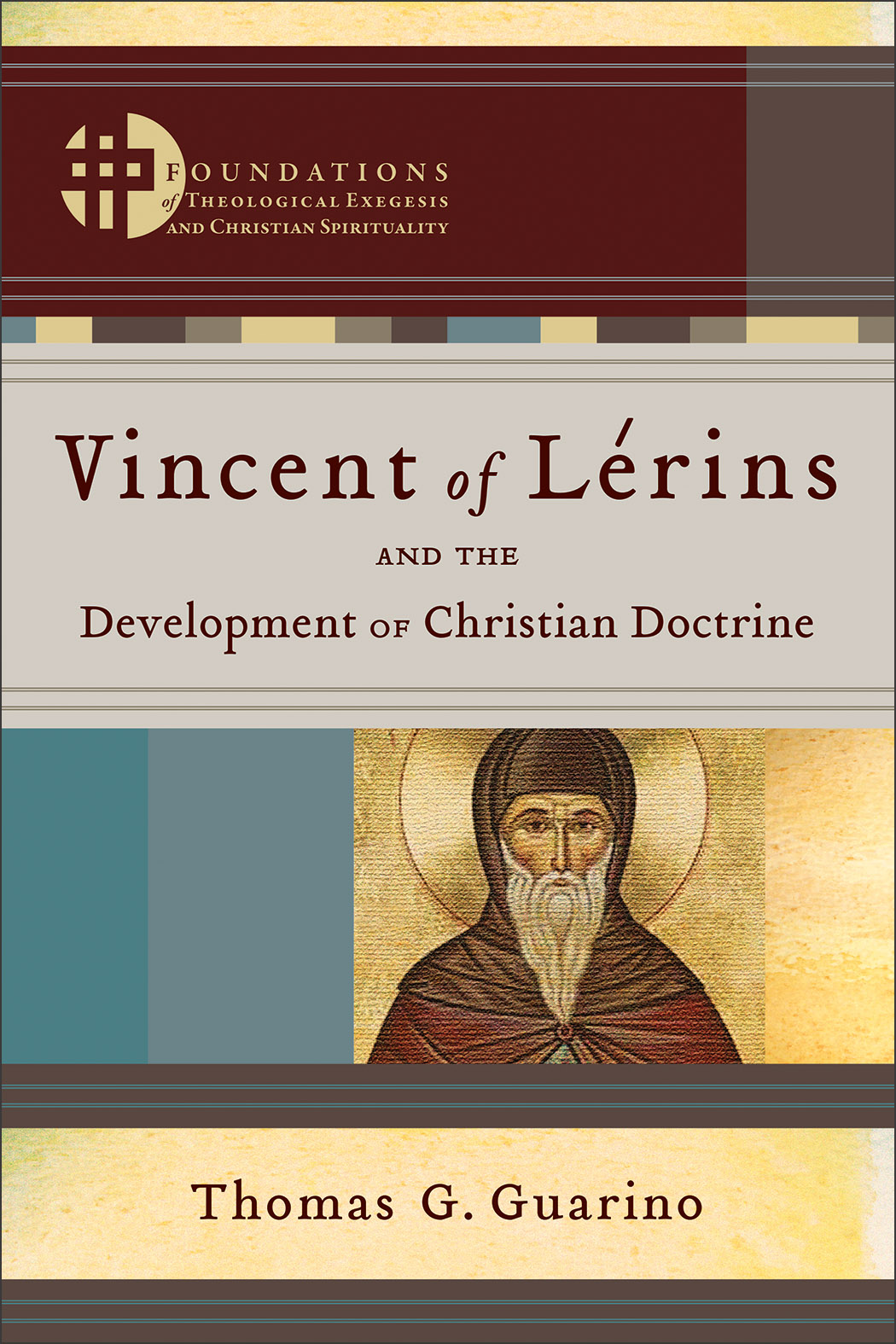Who said it?
Hint: the quotations are historically chronological and each one is from a different author.
1. “It has always been the custom of Catholics, and
still is, to prove the true faith in these two ways; first by the authority of
the Divine Canon [Scripture], and next by the tradition of the Catholic Church.
Not that the Canon [Scripture] alone does not of itself suffice for every
question, but seeing that the more part, interpreting the divine words
according to their own persuasion, take up various erroneous opinions, it is
therefore necessary that the interpretation of divine Scripture should be ruled
according to the one standard of the Church’s belief.”
2. “We believe the successors of the apostles and
prophets only in so far as they tell us those things which the apostles and
prophets have left in their writings.”
3. “Scripture has an absolute sovereignty; it is of
divine origin, even in its literary form; it governs Tradition and the Church,
whereas it is not governed by Tradition or the Church.”
4. “It is clear, therefore, that Sacred Tradition,
Sacred Scripture and the teaching authority of the Church, in accord with God’s
most wide design, are so linked and joined together that one cannot stand
without the others, and that all together and each in its own way under the
action of the one Holy Spirit contribute effectively to the salvation of souls.”
5. “It is already possible to identify the areas in
need of fuller study before a true consensus of faith can be achieved . . . the
relationship between Sacred Scripture, as the highest authority in matters of
faith, and Sacred Tradition, as indispensable to the interpretation of the Word
of God.”
Hint #2: This collection of quotes inspired by the reading of Vincent of Lérins and the Development of Christian Doctrine by Thomas G. Guarino.

These are great quotes inspired by a truly good book:
ReplyDelete1) St. Vincent of Lerins.
2) Thomas Aquinas.
3) Yves Congar.
4) Pope Paul VII
5) JPII
Great exercise. I remembered 2 and 3 from Guarino's book. I had to look the others ones up.